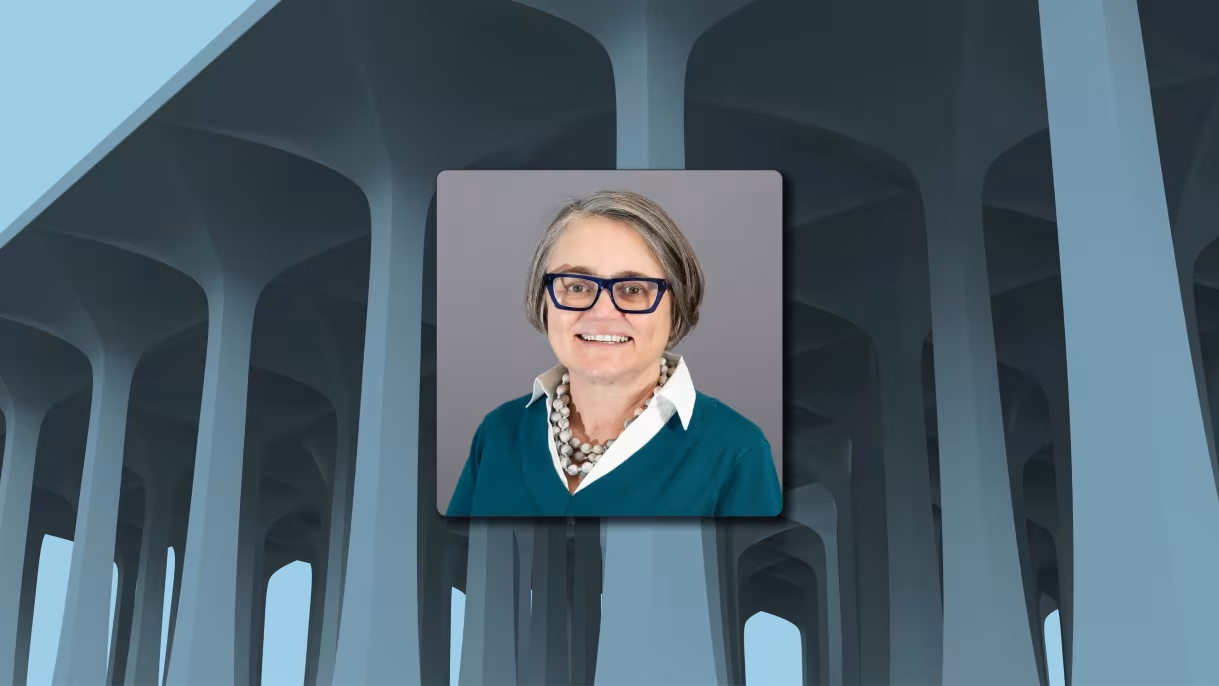

Tackling Healthcare Reform at the State Level – With an $8.8 Million Grant Renewal
The passage of the Affordable Care Act in 2010 set off a whirlwind of activity among the states, which would be responsible for enacting many of the law’s provisions. With numerous legal and healthcare complexities looming, state governments were faced with a lot of regulatory work to do and not much expertise with which to do it.
With fortuitous timing, not long before the ACA was passed, Heather Howard had left her post as New Jersey's Commissioner of Health and Senior Services and joined the Princeton School of Public and International Affairs as a lecturer. With experience in all three branches of government, in the statehouse and on Capitol Hill, and in the healthcare regulatory realm, she was perfectly positioned to lend a helping hand to states that needed it. Howard partnered with the nearby Robert Wood Johnson Foundation to a program to help facilitate ACA implementation. That work grew into the State Health and Value Strategies (SHVS) program, which comprises a team of seven staff members as well as outside experts with whom the program contracts.
“States are where the action is on healthcare,” said Howard, now a professor of the practice with Princeton SPIA.
RWJF, which has supported SHVS and Howard since 2011, announced July 1 that it was renewing her grant for another two years and $8.8 million.
“SHVS provides timely technical assistance to state governments nationwide to transform health systems and advance just and equitable healthcare for all,” said Beth Wikler, a senior program officer at RWJF. “This type of support is invaluable, especially in moments like this when states are confronting significant programmatic changes on rapid timelines with enormous consequences for the health and wellbeing of communities. We look forward to continuing our work with Heather and the SHVS team over the next two years.”
While SHVS was formed initially to help states implement ACA, it has grown since its founding to include providing technical assistance to states looking to reform their healthcare systems to make them more affordable, equitable, and innovative.
“States have political and operational constraints that make it hard for them to do these things, and so they need technical assistance, and that’s where we come in,” Howard said.
This technical assistance takes many forms. In one recent example, the SHVS team worked with state officials in a state in which private equity firms were purchasing nursing homes; the state needed help strengthening its regulations so that the homes’ ownership was more transparent. In another, SHVS assisted New Jersey in developing policies to cancel patients’ medical debt.
“We’re helping states do things that are complex and require expertise that they don’t have,” Howard said. “And they don’t have the money or the time to acquire the expertise.”
Another component of SHVS’ work is serving as a kind of clearinghouse of best practices. With resources constrained at the state level, the team offers programming to share the lessons it has learned on particular projects.
“We touch almost every state in some way,” Howard said. “We recently did a webinar on the proposed Medicaid cuts and what they would mean for state agencies, and we had 49 states participating.
“The goal is to provide expertise in the moment,” she added, “on an in-kind basis.”
State Health and Value Strategies efforts don’t exist in a vacuum apart from the School. Howard teaches an undergraduate SPIA course on the Affordable Care Act in which she draws on her experience working with the states. In addition, she regularly leverages her numerous state-level contacts for the policy workshop she teaches each fall, giving students a close-up look at SHVS projects.
Last autumn, Howard and SHVS Deputy Director Dan Meuse traveled to Phoenix with first-year MPA students in her workshop Returning Home: Recommendations to the Arizona Health Care Cost Containment System to examine the Grand Canyon State’s implementation of the Affordable Care Act. They focused specifically on a population that has significant healthcare needs — people reentering the community from justice involvement and incarceration.
“We choose something that the state needs done then, so it’s very timely,” Howard said. “And it’s compelling when the students go on the job market and can talk about something they worked on that’s so current in the policy arena.”
At a time when some students are unsure of the viability of federal employment, working with State Health and Value Strategies has another advantage, Howard noted: “We’ve seen a number of folks go on to state service after this, which is especially rewarding for me.”

